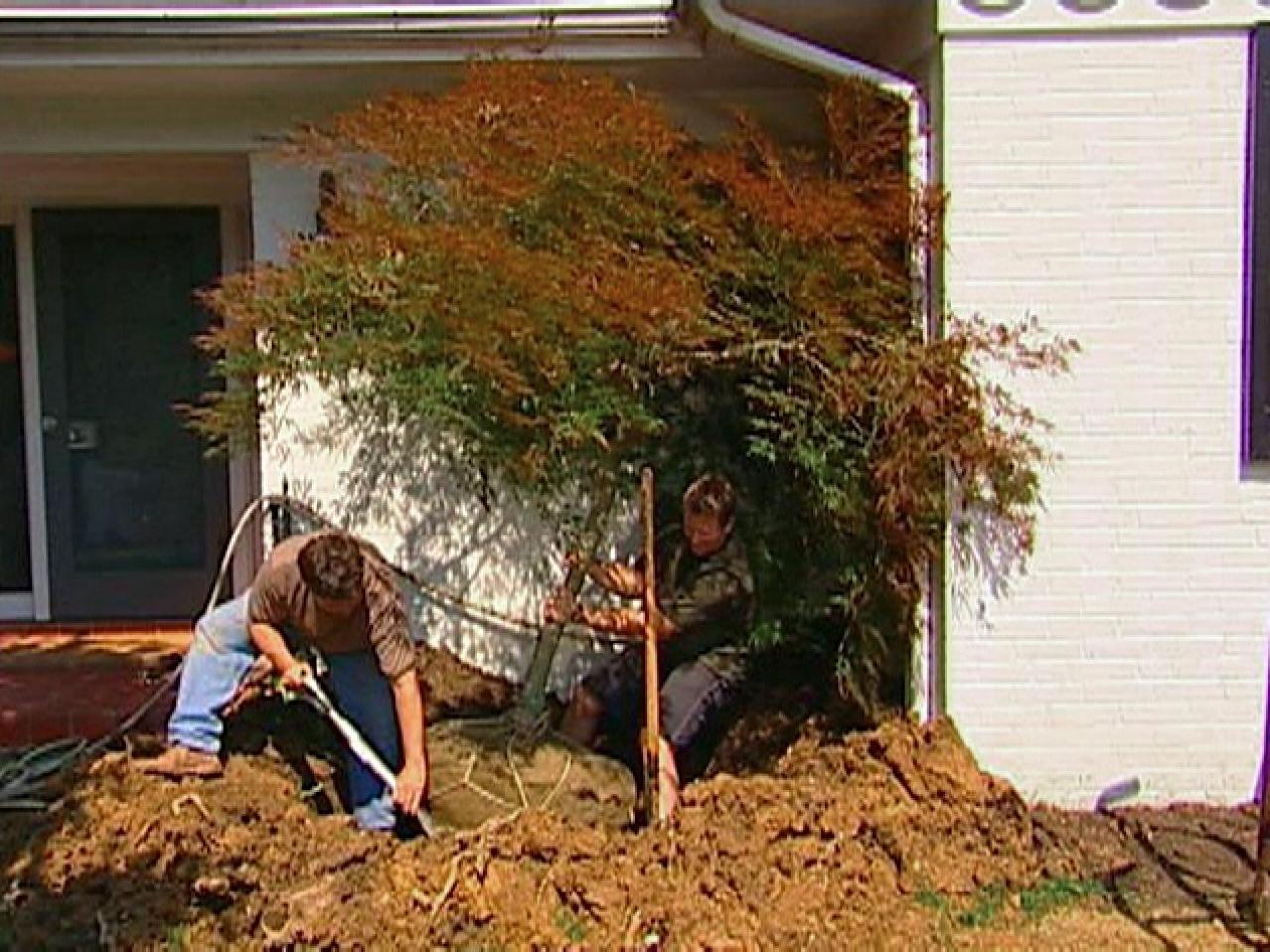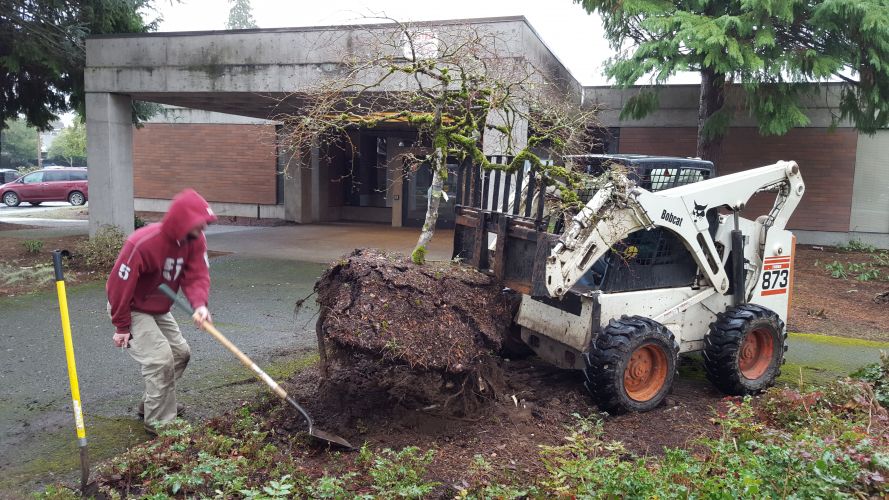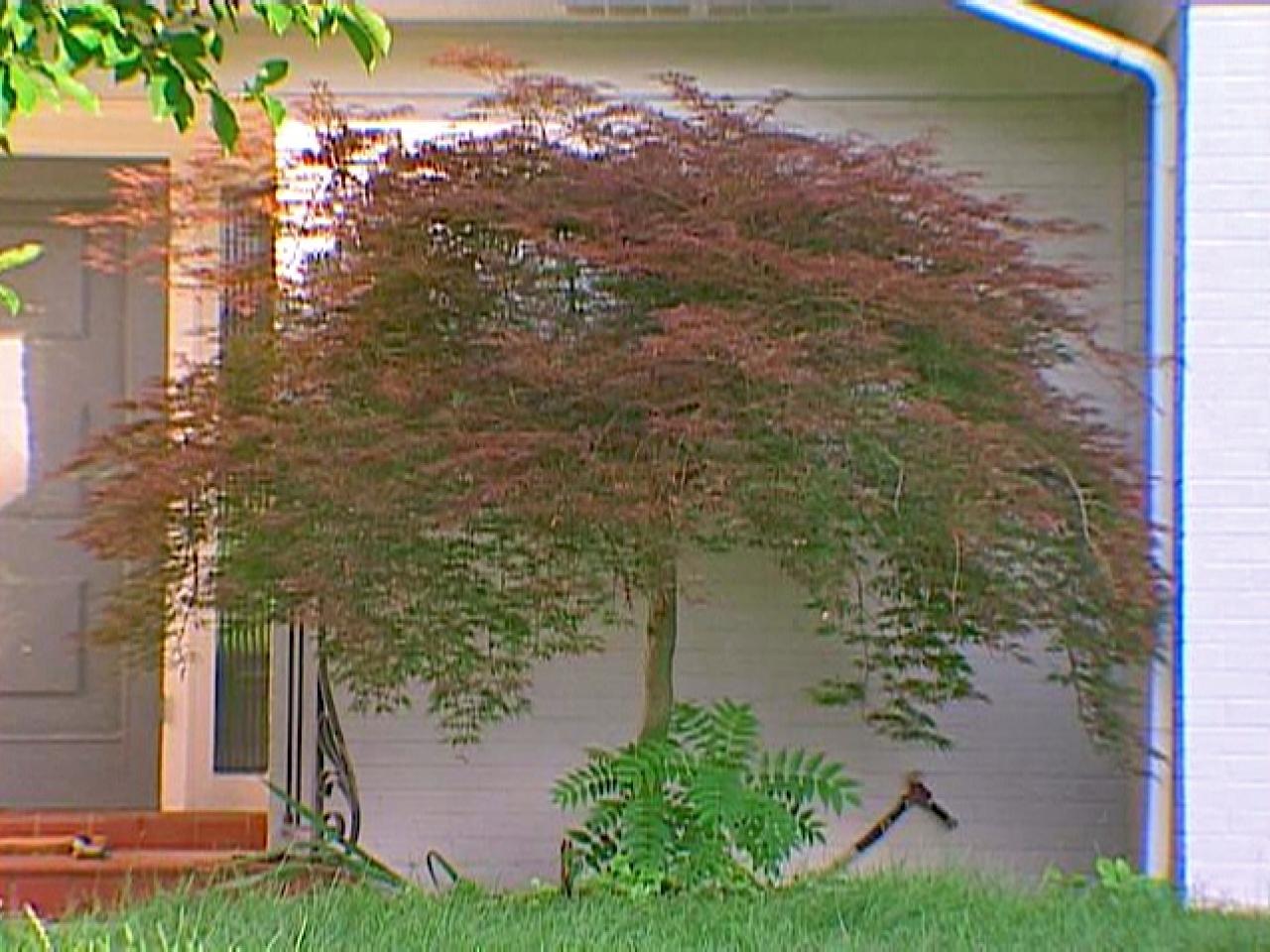
How to Transplant a Japanese Maple howtos DIY
When to transplant? The best time to transplant Japanese Maple is early spring or even late winter. The timing depends on what climate you live in. You need to catch the period when it is a little warmer and the ground is not frozen, but the tree is still in hibernation.
Heydonbury End Transplanting a Specimen Japanese Maple
Season: The best time to transplant a Japanese maple is during the dormant season, which is late fall to early spring. Transplanting during the growing season can cause stress to the tree and reduce its chances of survival. Soil Conditions: Japanese maples prefer well-drained soil that is rich in organic matter.

Transplanting A Waterfall Japanese Maple
To transplant Japanese maples, start digging around the tree's root system, keeping as much of the roots intact as possible, until the plant can be fully taken out of the ground. When moving the Japanese maple, try to keep a good portion of the original soil around the roots to reduce transplant shock. Plant the tree in a suitable location.

Transplanting mature Japanese maple help in the Ask a Question forum
A: Thank you for your question! Here are some tips for taking care of your transplant: Keep grass and weeds from competing with your maple. Remove all grass and weeds under the tree canopy. COnsider adding a 3-4 inch layer of organic mulch spread over the tree's root system to help conserve moisture, moderate soil temperature and prevent weeds.

How to transplant (repot) a Japanese Maple Tree YouTube
Are Japanese Maples Hard to Transplant? Compared to trees like walnut, beech, and oak, Japanese Maples are fairly easy to transplant. While their root systems can spread pretty wide over time, they generally don't infiltrate foundations and pipes. And these trees don't form deep taproots.

How To Transplant A Japanese Maple — March 2023
Japanese maples are best transplanted when they are dormant—usually late fall through early spring if the ground does not freeze in your area. The following information comes from Japanese Maples (by J.D. Vertrees, 2001, pp.61-62). This book also contains good information about mulching and general care:

When Should You Transplant Trees & Shrubs? Now! Roundtree Landscaping
Another key to transplanting Japanese Maples is vitamin B12. You can get vitamin B12 in a kelp-like mix. With this, it kind of takes the edge off of the transplant. Digging a donut around the tree, a trench all the way around the tree and down is very simple and it will help you to keep the root ball intact.

Transplant Japanese Maple Transplant the move
For best results, the best time to transplant a Japanese maple is in the fall. The cooler temperatures and increased rainfall during this time of year can help the tree establish itself quickly, giving you a beautiful addition to your landscape. Caring for Japanese Maples: How Much Water Do They Need? You may want to see also

How to Transplant a Japanese Maple howtos DIY
Welcome back to our channel! As a DIY couple, we're always looking for ways to improve our garden, and today we're excited to share our latest project with y.

When To Transplant Japanese Maple DIY
Successfully transplanting a Japanese maple trees is based on a several factors. 1. The size of the tree to be transplanted 2. The Age of the tree 3. The overall health 4. What is the condition of the root system 5. Timing (when to transplant)

When To Transplant Japanese Maple DIY
Transplanting a Japanese maple is not difficult, but there are a few key things to know to prevent doing serious harm to your tree. The two most important factors in successfully transplanting Japanese maple trees are depth and timing. If you can at all help it, only dig your Japanese maple when it is dormant. What is Dormancy?

How To Reduce Japanese Maple Transplant Shock? World of Garden Plants
© 2023 Google LLC At MrMaple.com we are passionate about Japanese maples! You can support our channel by shopping on MrMaple.com The best information source for Japanese maple.

Hair Transplant on Twitter Photos of the week, Amazing photography
Transplanting Japanese maple seedlings should ideally be performed when they are dormant, which typically happens in late winter or early spring. This timing allows the seedlings to acclimate to their new environment before the growing season starts. Timing also depends on the hardiness zone, so gardeners need to adjust accordingly.

Transplanting Japanese Maple Trees in 3 Easy Steps Mike's Backyard
Transplanting means that you are going to dig a plant out of the ground and re-plant it into a different location. It's important to understand that the most critical part of this process is the first step of the process, the digging the plant out of the ground. So the true question is; "When can I safely dig a Japanese maple tree?"

How to Transplant Dwarf Maples Japanese maple tree, Japanese maple
Prepare the soil The best substrate for potted Japanese Maple is a well-drained and nutritious substrate on an organic basis. Water should not stagnate in the substrate, but at the same time the substrate should not dry out quickly. Organic matter, among other things, will serve as an excellent fertilizer.

Growing Greener in the Pacific Northwest Moving a Japanese maple. 10.18.14
Season: The dormant season, which lasts from late fall to early spring, is the greatest time to transplant a Japanese maple. Transplanting a tree during the growing season can stress it and diminish its chances of survival. Soil Requirements: Japanese maples appreciate well-drained, organic-rich soil.